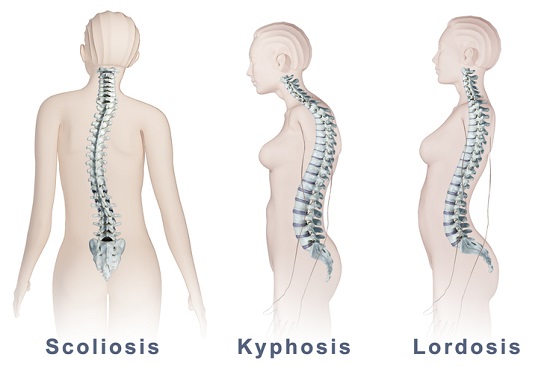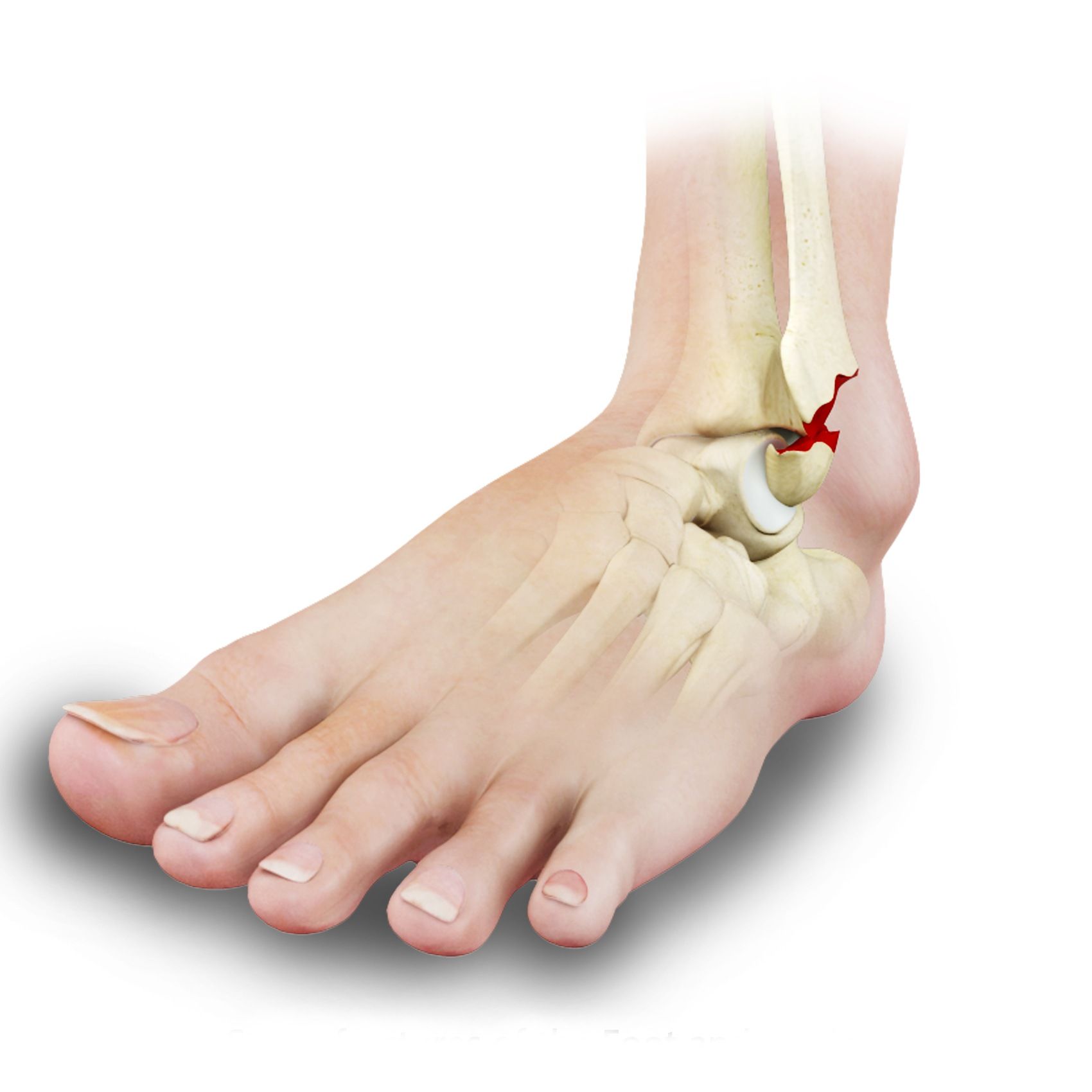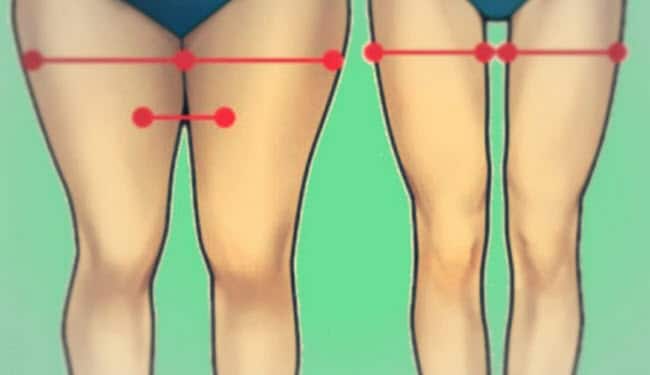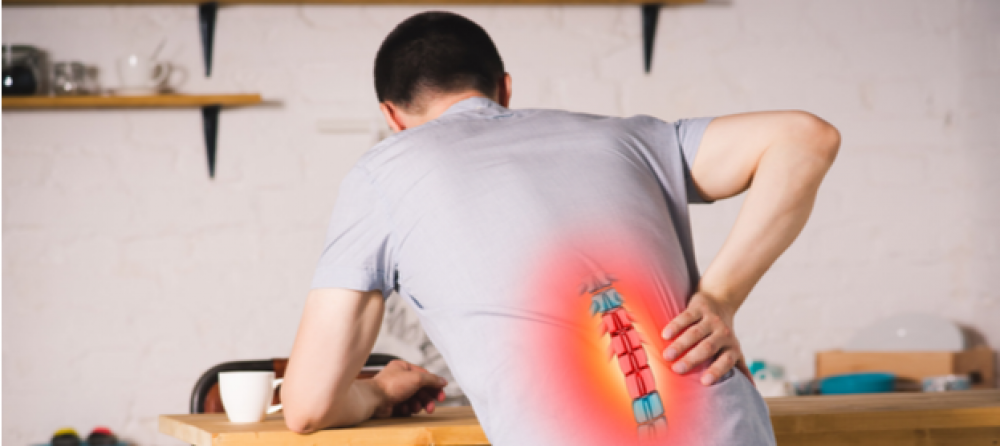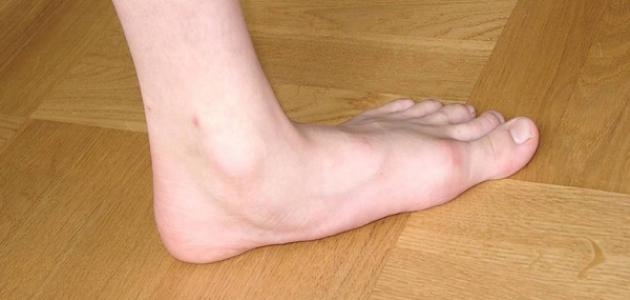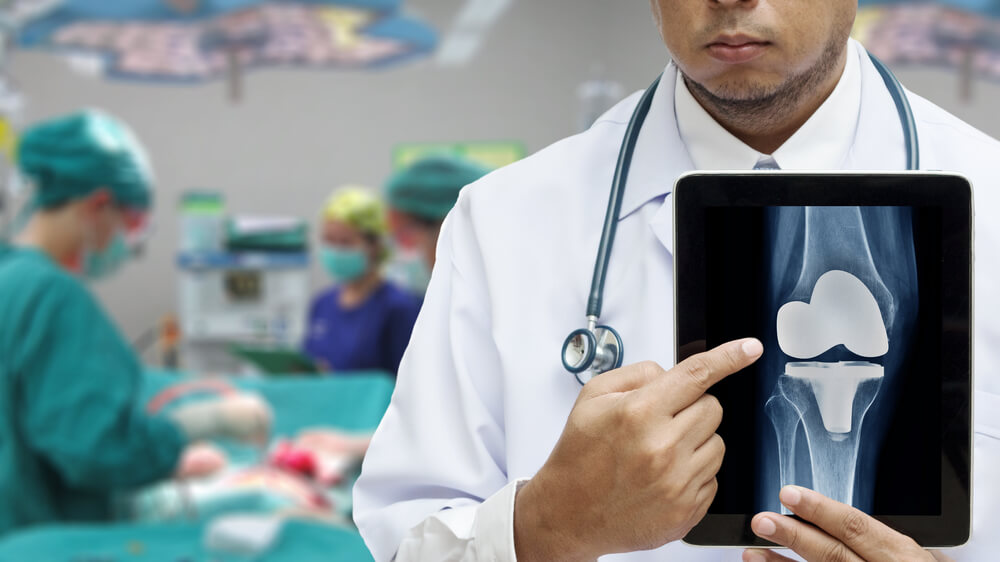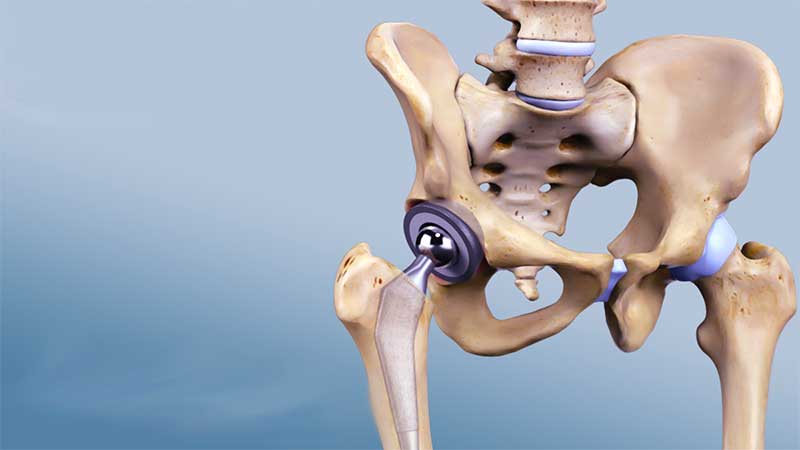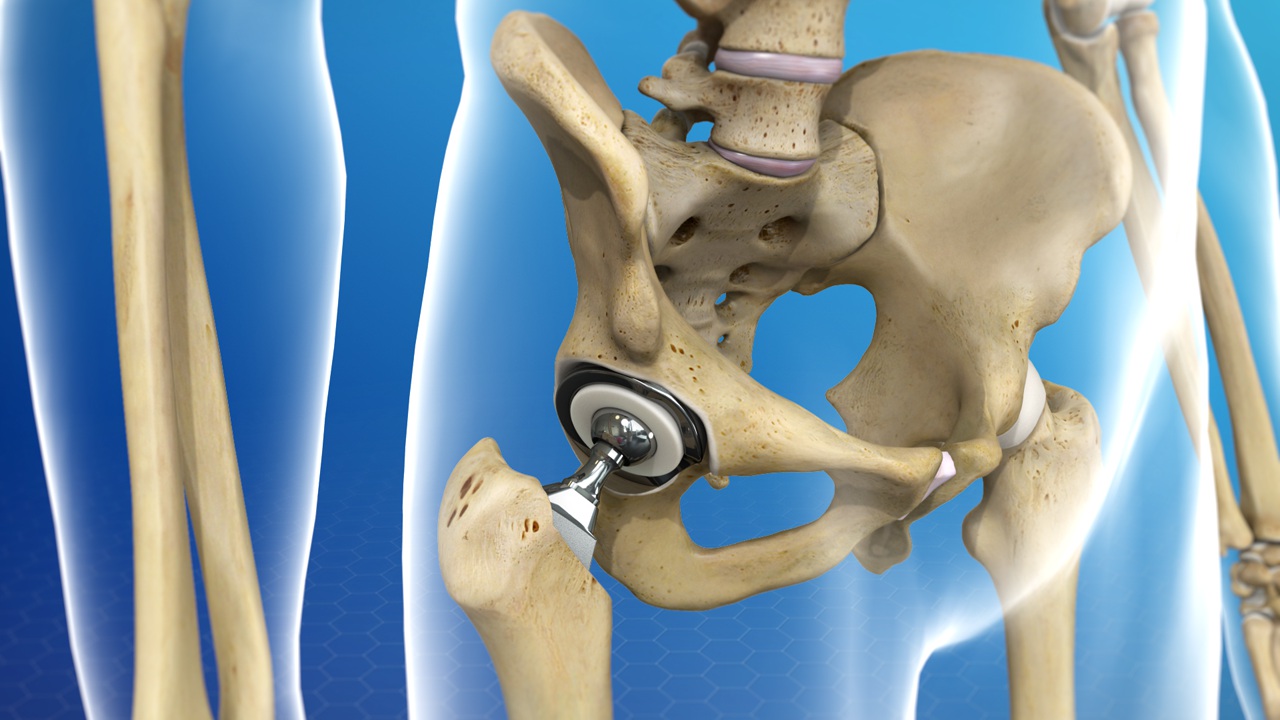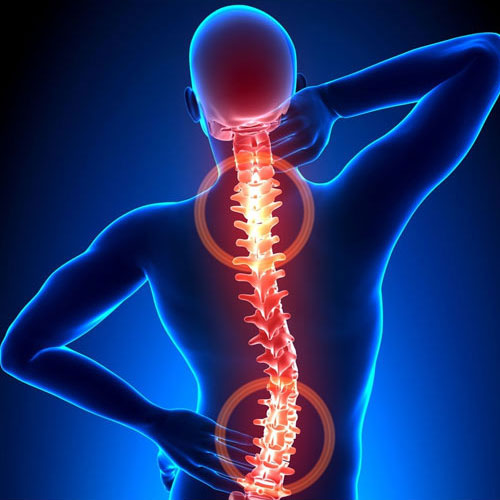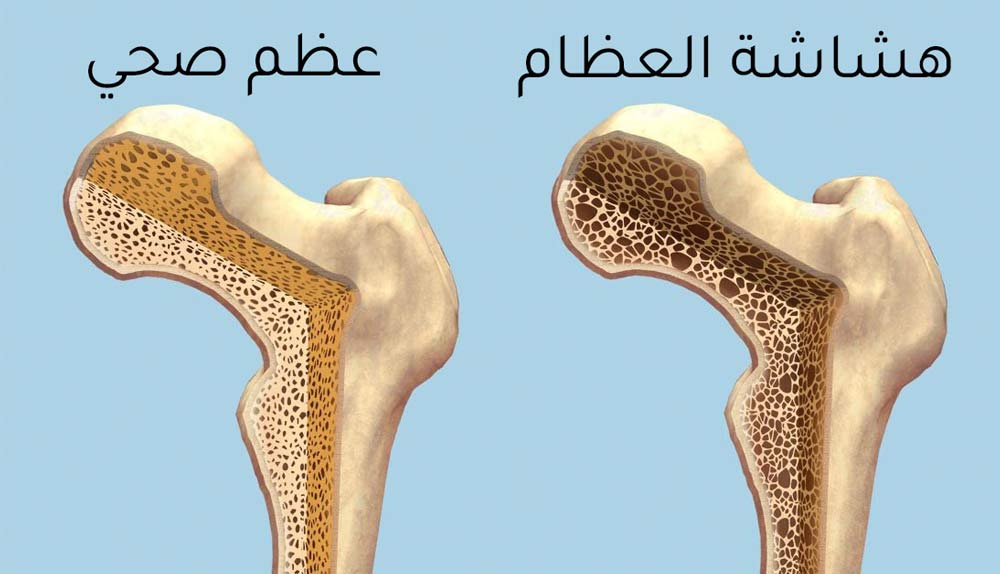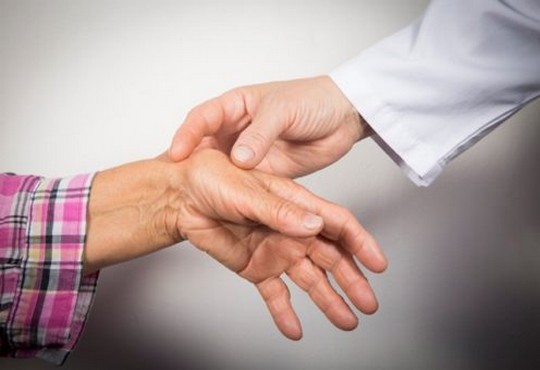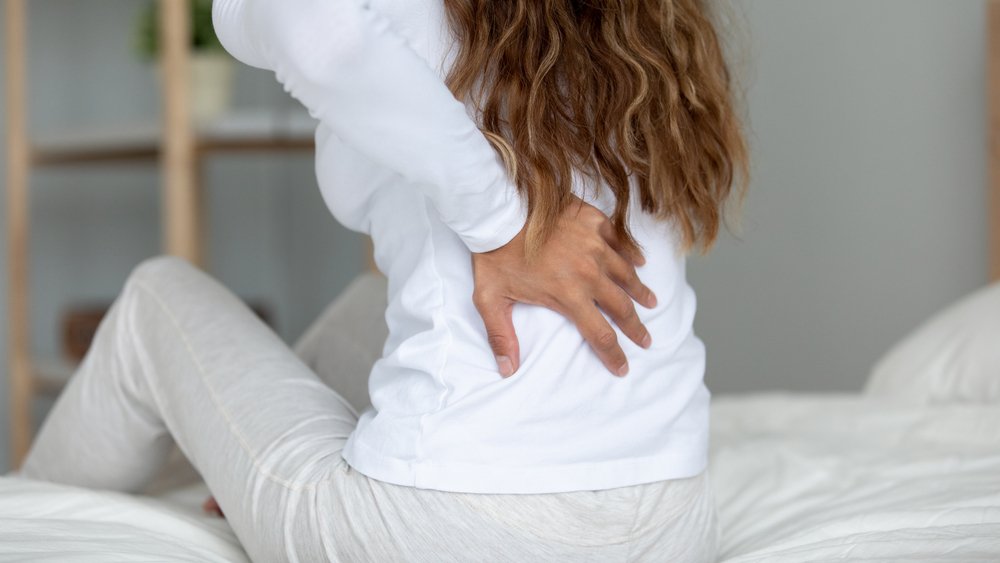What are the curvatures of the spine? And are they normal?
What are the curvatures of the spine?
The spine is one of the most important parts of the human body, as it carries and supports many organs and vital structures. But did you know that the spine can have both natural and unnatural curvatures? In this article, we will learn about the types of spinal curvatures and some important information about them.
- Cervical Curvature:
- This curve occurs in the neck area of the spine.
- It is slightly curved forward.
- It often appears as a “C” shape when viewed from the side.
- This curvature helps to bear the weight of the head and distribute it appropriately across the neck and shoulders.
- Thoracic Curvature:
- This curve occurs in the chest area.
- It is slightly curved backward.
- It often appears as a “C” shape when viewed from the side.
- This curvature contributes to adjusting the weight distribution on the spine and protects the sensitive organs in the thoracic cavity.
- Lumbar Curvature (Lower):
- This curve occurs in the lower back area.
- It is curved forward.
- It forms part of the transition between the spine and the pelvis.
- It contributes to the stability of the spine and the weight distribution on the legs.
Sacral (Lumbar) Curvature:
- This curvature occurs in the sacral (lumbar) region.
- It is curved backward in an arch shape.
- It contributes to bearing pressure and weight distribution during movement and heavy loading.
There are also abnormal curvatures that can occur in the spine as a result of certain health conditions, such as an excessive curvature of the upper part of the spine by more than 60 degrees, known as thoracic scoliosis. A doctor should be consulted in case of any abnormal symptoms or pain in the spine.
In conclusion, the spine is fundamental in supporting and protecting the human body. It is important to maintain spinal health through proper exercise and maintaining correct sitting and standing postures. If you suffer from back pain or spine problems, it is advisable to visit a specialist to diagnose your condition and direct you to the appropriate treatment.
What are the types of spinal curvature?
Abnormal curvature of the spine is a common occurrence that can happen to individuals, usually detected by mothers during adolescence. There are different types of spinal curvature, and we will list the most important ones in the following list:
Idiopathic Scoliosis:
- Idiopathic scoliosis is the most common type of spinal curvature and occurs for unknown reasons. This type of curvature can develop to a level that requires treatment. Congenital (Birth) Scoliosis:
- This type of curvature occurs at birth and is due to a malformation in the formation of the spine. Early diagnosis of congenital scoliosis is important as it contributes to the success of later treatment. Neuromuscular Scoliosis:
- Neuromuscular scoliosis occurs as a result of spinal abnormalities affecting the surrounding nerves. This type of curvature can cause back pain and muscle weakness. Thoracic Scoliosis:
- In this type, the abnormal curvature in the upper part of the spine is more than 60 degrees. This curvature can put pressure on the organs in the chest area such as the lungs and heart, making breathing more difficult. Lumbar Scoliosis:
- The abnormal curvature in this type occurs in the lower part of the spine. This type of curvature can cause back pain and dysfunction in the pelvic organ functions.
The diagnosis of spinal curvature requires reliance on medical history and physical examination, in addition to imaging tests such as anterior, posterior, and lateral radiographs of the spine. It is also important to measure the angle of curvature on these images to determine the appropriate treatment plan.
Treatment of spinal curvature varies depending on the degree of curvature, the age of the patient, the type of curvature, and other factors. Treatment options may include massage and physical therapy to strengthen muscles, appropriate sports exercises, and the use of suitable orthopedic devices to correct curvature. In cases of severe abnormal curvature, surgical treatment may be necessary to improve the condition.
Early diagnosis of spinal curvature is essential to achieve the best treatment results. Individuals who experience similar symptoms or suspect spinal curvature should consult a specialist for a proper diagnosis and to establish an appropriate treatment plan.
Is spinal curvature normal?
- Normal and natural deformities: There is a normal shape of the spine that is considered customary and common. It is characterized by a long S shape, where the back curves slightly outward at the top and slightly inward at the bottom. When viewed from the back, the spine should appear as a straight line extending from the base of the neck to the coccyx.
- Scoliosis as an abnormal shape: However, there are cases where abnormal deformities occur in the spine, including scoliosis. Scoliosis refers to a lateral curvature in the spine and is a diagnosis that is common among teenagers. Scoliosis can also occur in people with certain medical conditions such as cerebral palsy and muscular dystrophy.
Can spinal curvature be left untreated?
Some people may think that spinal curvature is just a normal deformity and may not need to see a doctor or undergo treatment. However, scoliosis diagnosis should not be overlooked and appropriate treatment should not be neglected if needed.
Treatment options: The treatment of scoliosis depends on the severity of the deformity. If the curvature is mild, treatment may be through wearing a brace to stabilize the back and prevent further deformity. However, if the severity of the curvature is great, surgical treatment may be necessary. Recently, new developments in surgical treatment techniques for scoliosis have emerged. Risk factors for scoliosis: Some factors may increase the risk of scoliosis, including:
Organ developmental issues such as cerebral palsy. Exposure of the spine to injuries or infections. The child having undergone previous surgical procedures in the chest. Presence of problems and deformities in the spinal bones from birth.
In summary, spinal curvature can be either normal or abnormal. If there is an abnormal curvature causing health problems or obvious deformity, it is necessary to consult a specialist to diagnose the condition and determine the appropriate treatment.
Can back curvature be corrected?
Back curvature is a common issue that many people face. Although some types of back curvature may be difficult to completely correct, there are simple procedures and exercises that can be followed to improve posture and reduce curvature. In this article, we will present you with 8 simple measures that can help you fix back curvature.
- Practicing yoga exercises: Yoga exercises include many poses that work on strengthening the back muscles and improving flexibility. You can practice exercises like the tree pose, the downward-facing dog, or the plank pose to improve your back posture.
- Adopting a correct sitting posture: Make sure to sit in a correct and upright position, maintaining a backrest and avoiding leaning forward. Adjust your chair or work desk to provide proper back support.
- Continuous movement: Avoid sitting for long periods and make sure to move continuously. Take short breaks from sitting and move around a bit to stretch and mobilize muscles.
- Avoid carrying heavy items: Avoid carrying heavy items that put pressure on the back and cause it to hunch. Divide heavy loads into lighter parts and use correct lifting techniques to reduce pressure on the back.
- Use braces and supports: Braces and supports can be used to support the back and help improve back posture. Choose the right braces to provide optimal support and balance for the spine.
- Practicing swimming: Swimming is a sport that involves moving all parts of the body, including the back area. Swim regularly to strengthen back muscles and improve flexibility.
Maintaining a healthy weight: Excess weight is one of the factors that cause pressure on the back and contribute to its curvature. Maintain a healthy weight by exercising and eating a healthy diet.
Consulting a specialist doctor: If you have severe back curvature that causes you movement restrictions or severe pain, you may need to consult a specialist. The doctor will assess your condition and provide the appropriate treatment based on the severity of the problem.
Is back curvature dangerous?
Back curvature can be dangerous in some cases, especially if ignored or left untreated. Individuals with scoliosis must be closely monitored and necessary measures taken to assess and treat the condition. Early intervention can help prevent complications and improve quality of life.
Impact on breathing: People with scoliosis suffer from chest compression on the lungs. This makes breathing more difficult and can lead to chronic respiratory problems. Therefore, severe back curvature can be dangerous in the long term.
Chronic back pain: Childhood scoliosis is a risk factor for developing chronic back pain later on. If curvatures are ignored and left untreated, they can lead to a worsening condition and increased pain over time.
Impact on balance and movement: Scoliosis can cause noticeable changes in balance and movement. It can lead to misalignment of the hips and shoulders, protrusion of the ribs or muscles on one side of the body more than the other. These changes can cause disability and reduce a person’s ability to perform daily activities easily.
Disability and early intervention: In the case of severe curvatures, they can lead to disability. Severe curvature can reduce the amount of space inside the chest, making it difficult for the lungs to work efficiently. Therefore, it is important to closely monitor children with scoliosis using X-rays to determine the extent of the curvature and take the necessary measures.
Treatment: The treatment of back curvature depends on the degree of curvature and its impact on health and daily life. In the case of mild curvatures, medical braces can be used to straighten the back and prevent further deterioration. In the case of severe curvatures, surgical treatment may be the only available option. There are modern techniques in the field of surgery that help to reduce risks and improve outcomes.
How to Get Rid of Back Curvature?
Back curvature is a common issue that affects many individuals. It may result from poor posture, lack of physical activity, genetic factors, or a previous injury. If you suffer from back curvature and are looking for ways to get rid of it, this article presents a number of tips and exercises that can help in correcting and strengthening your spine. Let’s explore them:
Improving Physical Posture:
- Maintain correct body posture while sitting and standing.
- Use suitable cushions and adjust the height of seats and tables to ensure proper body posture.
- Reduce prolonged sitting periods and try to stand and walk regularly.
Practicing Physical Exercises:
- Knee roll exercise: Lie on the floor, bend your knees, and move them side to side along your spine. Repeat this exercise five times for each side.
- Pelvic tilt exercise: Lie down on the floor and arch your back intensely from the top. Perform this exercise regularly.
Visiting a Physical Therapy Center:
- Consult your specialized doctor and seek the help of physical therapy experts to receive treatment aimed at strengthening weak muscles and straightening the spine.
- You might be directed to wear a back brace to assist in aligning and correcting the spine curvature.
Monitoring Lifestyle:
- Engage in regular physical exercises, such as walking, swimming, and strength exercises, to strengthen muscles and relieve muscle tension.
- Make sure to maintain a healthy weight, as excess weight can cause additional pressure on the spine.
- Avoid carrying heavy weights or bending forward while performing daily activities.
Getting Adequate Rest:
- Provide opportunities for rest and relaxation, such as lying on your back and elevating your legs on a pillow.
- Avoid uncomfortable body positions when sleeping, and use supportive pillows for the neck and back.
Remember to consult your specialized doctor before starting any physical activity or changing your lifestyle. Correct diagnosis and appropriate medical guidance are the keys to effectively getting rid of back curvature.
How to Get Rid of a Hunched Back?
A hunched back is a common problem affecting many people. It can result from poor posture, lack of physical activity, genetic factors, or a previous injury. If you are suffering from a hunched back and are looking for ways to get rid of it, this article presents several tips and exercises that can help you in correcting and strengthening the spine. Let’s explore them:
Improving Physical Posture:
- Maintain correct body posture while sitting and standing.
- Use appropriate cushions and adjust the height of chairs and tables to ensure a proper body posture.
- Reduce prolonged sitting periods and try to stand and walk regularly.
Exercising:
- Knee roll exercise: Lie on the floor, bend your knees and move them side to side of the spine. Repeat this exercise five times for each side.
- Pelvic tilt exercise: Lie on the floor and bend intensely from the top. Repeat this exercise regularly.
Visiting a Physical Therapy Center:
- Consult your specialist doctor and seek help from physical therapy experts to receive treatment aimed at strengthening weak muscles and aligning the spine.
- You may be directed to wear a back brace to help in aligning and correcting the curvature of the back.
Monitoring Lifestyle:
- Engage in regular physical exercises, such as walking, swimming, and strength exercises, to strengthen muscles and relieve muscle tension.
- Ensure to maintain a healthy weight, as excess weight can cause extra pressure on the spine.
- Avoid carrying heavy weights or bending forward while performing daily activities.
Getting Adequate Rest:
- Provide opportunities for rest and relaxation, such as lying on your back and elevating your legs on a cushion.
- Avoid an uncomfortable body position when sleeping, and use supportive pillows for the neck and back.
Remember to consult your specialist doctor before starting any physical activity or lifestyle change. Correct diagnosis and appropriate medical guidance are the keys to effectively getting rid of a hunched back.
What is the physical therapy treatment for scoliosis?
Scoliosis is a condition that affects the spine, causing an abnormal curvature, and can affect children and adults alike. To treat this condition, physical therapy can be utilized as an effective treatment option.
Physical therapy for scoliosis is characterized by targeting the muscles that affect the balance of the spine primarily. When there are imbalances in the back muscles, it can lead to problems in body movement, the individual’s posture, and their ability to work and move.
Physical therapy for scoliosis can offer several benefits, including:
- Pain reduction and comfort: Physical therapy works to reduce the pain associated with scoliosis and improve the patient’s comfort.
- Movement improvement: Physical therapy helps to improve body movement and increase the flexibility of the spine.
- Reduction in disease progression: Physical therapy may contribute to alleviating the progression of scoliosis and preventing it from worsening.
- Improvement in physical posture: Physical therapy works to improve body posture and balance, leading to better physical posture and increased stability.
Given that the severity of the disease varies from person to person, the physical therapy specialist must develop a specific treatment plan according to the patient’s condition. Physical therapy sessions may include practicing muscle-strengthening exercises and flexibility improvement, in addition to massage and balance enhancement exercises.
You should consult with a physical therapy specialist to assess your condition and determine the appropriate methods for treating the scoliosis you are suffering from. Note that physical therapy sessions for scoliosis should be brief and specific according to the patient’s condition.
If you suffer from scoliosis, do not hesitate to consider physical therapy as an effective treatment option. Visit a physical therapy specialist to assess your condition and receive the appropriate treatment to improve your health and quality of life.
Does back curvature cause shortness of breath?
Spinal curvature is a deviation in the back that can affect breathing capacity. Some people think that it is a problem that only affects movement, but in reality, advanced degrees of deviation can lead to difficulty breathing and fatigue.
Potential causes:
- Tightness in the available space inside the thoracic cavity due to deformity in the spine can lead to pressure on the lungs and internal organs, causing difficulty in breathing.
- Deformation in the chest cavity can cause a decrease in the volume of the thoracic cavity, making breathing difficult with a feeling of exhaustion.
Impact of Congenital Deformities: In growing children, the severity of the curvature may increase gradually, leading to chest cavity deformity, difficulty breathing, and ease of feeling fatigue. Accompanying Symptoms:
- Difficulty in breathing during physical activity.
- Quick onset of fatigue during physical exertion.
- Pain in the chest or back. Treatment and Prevention:
- It is important to consult a specialist if symptoms indicating breathing difficulties are present to assess the condition and suggest appropriate treatment.
- Surgical treatment may be required in some advanced cases to correct the deformity and improve respiratory functions.
- Maintaining a healthy lifestyle and engaging in physical exercises help strengthen the muscles and improve respiratory functions.
Spinal curvature may cause shortness of breath and difficulty breathing, especially in advanced cases. It is important to consult a specialist to evaluate your condition and determine the appropriate treatment. Surgical treatment may be necessary in some cases. Maintain a healthy lifestyle and consult your doctor about suitable sports activities.
Does spinal curvature affect the heart?
Spinal curvature or spinal deformity is one of the health issues people may face. Among the common questions about this issue is whether it affects heart health. In this article, we will explore this topic based on the information available online.
Impact of Spinal Curvature on the Heart: Spinal curvature may indirectly affect the heart, as it can influence the integrity of the body’s muscular and skeletal work, which in turn affects heart function.
It is known that when you have a curvature in the spine, this affects your posture and overall balance. The curvature may cause uneven elevation and stretching of muscles, leading to an increased load that the heart has to bear during movement and physical activity.
According to available data, there are some cases that suggest individuals with spinal curvature may have a higher risk of developing heart problems such as high blood pressure and coronary artery disease. However, it should be noted that this relationship has not been definitively proven and has not been extensively studied in scientific research. Therefore, there is still a need for further research and studies to accurately determine the relationship between spinal curvature and heart health.
Caring for Heart Health with Spinal Curvature: Regardless of any indirect effects, caring for heart health is important for everyone, regardless of the condition of the spine. Here are some general tips for taking care of your heart health:
- Follow a healthy diet: Consume foods rich in fiber, fruits, vegetables, nuts, and avoid excessive consumption of fatty and salty foods.
- Exercise regularly: Engage in moderate physical activities such as walking, swimming, and cycling regularly to support heart health.
- Avoid smoking: Smoking is considered one of the major factors that increase the risk of heart and vascular diseases, so it should be completely avoided.
- Maintain a healthy weight: Maintain a healthy weight by following a balanced diet and engaging in regular physical activity.
It is important to note that if you have a spinal curvature or spine-related issues, you should consult a specialist for a proper diagnosis and appropriate treatment.
